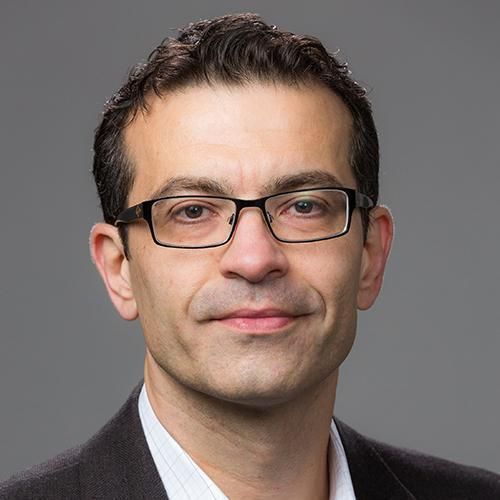Frame-Hydrogel Methodology for Engineering Highly Functional Cardiac Tissue Constructs.
Engineered cardiac tissues hold tremendous promise for in vitro drug discovery, studies of heart development and disease, and therapeutic applications. Here, we describe a versatile "frame-hydrogel" methodology to generate engineered cardiac tissues with highly mature functional properties. This methodology has been successfully utilized with a variety of cell sources (neonatal rat ventricular myocytes, human and mouse pluripotent stem cell-derived cardiomyocytes) to generate tissues with diverse 3D geometries (patch, bundle, network) and levels of structural and functional anisotropy. Maturation of such engineered cardiac tissues is rapidly achieved without the need for exogenous electrical or mechanical stimulation or use of complex bioreactors, with tissues routinely reaching conduction velocities and specific forces of 25 cm/s and 20 mN/mm2, respectively, and forces per input cardiomyocyte of up to 12 nN. This method is reproducible and readily scalable to generate small tissues ideal for in vitro testing as well as tissues with large, clinically relevant dimensions.
Duke Scholars
Published In
DOI
EISSN
ISSN
Publication Date
Volume
Start / End Page
Related Subject Headings
- Tissue Engineering
- Rats
- Organogenesis
- Myocytes, Cardiac
- Mice
- Induced Pluripotent Stem Cells
- Hydrogels
- Humans
- Developmental Biology
- Cell Differentiation
Citation
Published In
DOI
EISSN
ISSN
Publication Date
Volume
Start / End Page
Related Subject Headings
- Tissue Engineering
- Rats
- Organogenesis
- Myocytes, Cardiac
- Mice
- Induced Pluripotent Stem Cells
- Hydrogels
- Humans
- Developmental Biology
- Cell Differentiation

